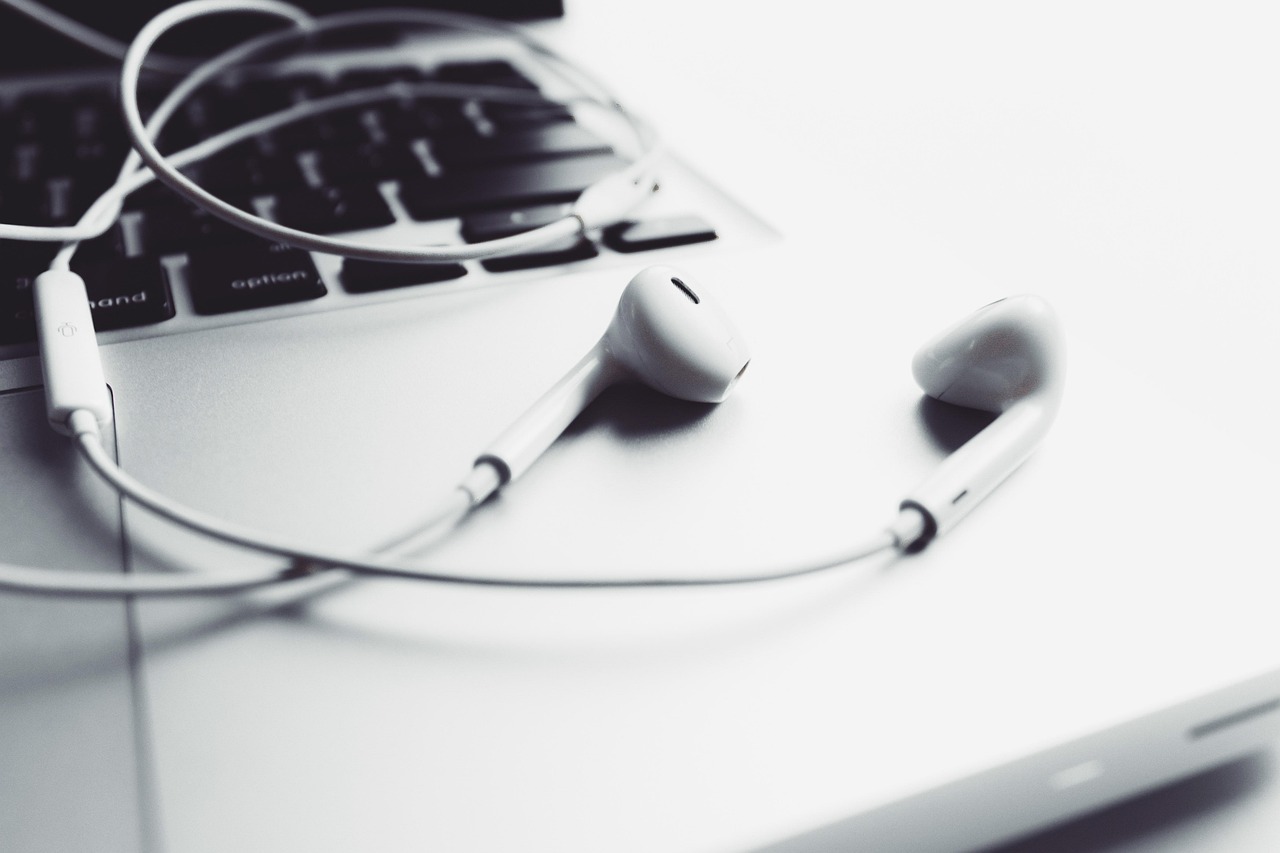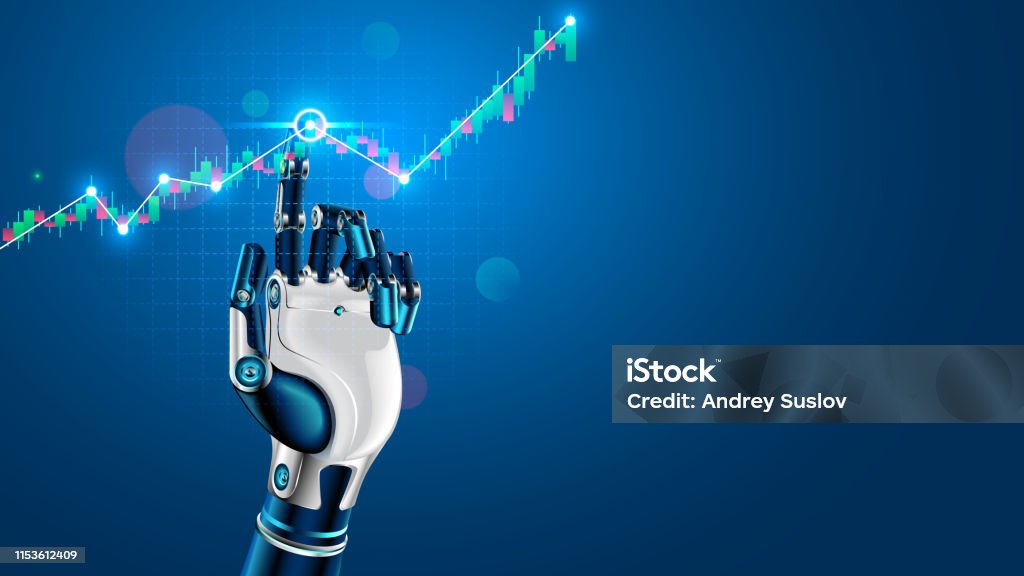The world of digital art and content creation is rapidly evolving, and at the forefront of this transformation are AI image tools. These powerful platforms are democratizing creativity, allowing anyone, regardless of artistic skill, to generate stunning visuals, manipulate existing images, and explore new artistic avenues. Whether you’re a marketer looking for eye-catching advertising assets, a content creator needing unique visuals, or simply someone curious about the future of art, AI image tools are offering unprecedented possibilities. This blog post will delve into the capabilities, applications, and considerations surrounding these innovative technologies.
Understanding AI Image Tools
AI image tools leverage the power of artificial intelligence, particularly deep learning models like Generative Adversarial Networks (GANs) and diffusion models, to understand and create images. They analyze vast datasets of images to learn patterns, styles, and features, then use this knowledge to generate new images based on user prompts or instructions.
What Can AI Image Tools Do?
AI image tools can perform a wide array of tasks, including:
- Text-to-Image Generation: Create images from textual descriptions. For example, you could type “a cat wearing a crown in a Renaissance painting style” and an AI would generate an image fitting that description.
- Image Editing and Enhancement: Improve image quality, remove unwanted objects, change backgrounds, and even add artistic effects. Imagine seamlessly removing a photobomber from a vacation photo or turning a blurry snapshot into a crisp, high-resolution image.
- Style Transfer: Apply the style of one image to another. You could transform a photograph into a painting in the style of Van Gogh or Monet.
- Image Upscaling: Increase the resolution of an image without significant loss of quality. This is particularly useful for older or low-resolution images.
- Face Swapping and Manipulation: Replace faces in images or videos or apply filters to alter facial features (use with caution and ethical considerations).
- Creating Variations of Existing Images: Generate multiple versions of an image with slight variations in style, color, or composition.
How Do They Work?
Most AI image tools operate using a prompt-based system. Users provide a text description (the “prompt”) that details the desired image. The AI then interprets this prompt and generates an image that aligns with the described concepts, styles, and details. More advanced tools allow for image inputs (using an existing image as a starting point), negative prompts (specifying elements to avoid), and control over parameters like aspect ratio, image resolution, and artistic style.
Key Technologies Behind AI Image Generation
- Generative Adversarial Networks (GANs): GANs consist of two neural networks: a generator that creates images and a discriminator that evaluates the authenticity of the generated images. These two networks compete against each other, leading to continuous improvement in the quality of the generated images.
- Diffusion Models: Diffusion models gradually add noise to an image until it becomes pure noise, then learn to reverse this process to reconstruct the original image from the noise. This approach often results in more realistic and detailed images compared to GANs.
- Transformers: Originally developed for natural language processing (NLP), transformers are now being used in AI image generation to better understand the relationships between different elements in a prompt and generate more coherent and contextually relevant images.
Popular AI Image Tools
The market for AI image tools is rapidly expanding, with new platforms and features being introduced constantly. Here are a few notable examples:
DALL-E 2
- Developed by: OpenAI
- Key Features: Highly realistic image generation from text prompts, image editing capabilities, and support for creating variations of existing images. DALL-E 2 is known for its ability to generate incredibly detailed and imaginative visuals.
- Example: Generating an image of “an astronaut riding a horse on the moon in a photorealistic style.”
Midjourney
- Operated through: Discord server
- Key Features: Focuses on artistic and imaginative imagery. Midjourney is particularly popular for creating stunning landscapes, fantasy art, and abstract visuals.
- Example: Generating an image of “a bioluminescent forest at night with floating islands in a dreamlike style.”
Stable Diffusion
- Key Features: Open-source AI image generator, highly customizable, and can be run locally on a computer. Stable Diffusion offers greater control over the image generation process and is favored by users who want more advanced options. It’s also known for its ability to be fine-tuned with custom datasets.
- Example: Generating an image of “a steampunk cityscape with airships and intricate machinery.” Users can then fine-tune the model on a dataset of steampunk art for even more accurate results.
Adobe Firefly
- Developed by: Adobe
- Key Features: Integrated directly into Adobe Creative Cloud applications (like Photoshop and Illustrator), allowing for seamless integration of AI-generated content into existing workflows. Adobe Firefly is focused on responsible AI practices and includes content credentials to indicate that an image was created using AI.
- Example: Generating vector graphics from text prompts directly within Adobe Illustrator.
Other Notable Tools
- Craiyon (formerly DALL-E mini): A free and accessible AI image generator, although the image quality may be lower compared to paid options.
- Jasper Art: Focused on generating marketing and advertising visuals.
- NightCafe Creator: Offers a variety of AI art generation methods, including text-to-image, style transfer, and neural style transfer.
Practical Applications of AI Image Tools
AI image tools are transforming various industries and workflows. Here are some key application areas:
Marketing and Advertising
- Generating unique ad creatives: Creating eye-catching visuals for social media campaigns, website banners, and print advertisements. Instead of relying solely on stock photos, marketers can generate unique images that perfectly match their brand and message.
- Visualizing product concepts: Creating realistic product renderings before physical prototypes are available. This can save time and resources in the product development process.
- Personalized marketing visuals: Generating images tailored to specific customer segments. For example, creating ads featuring models that represent the target audience.
Content Creation
- Illustrating blog posts and articles: Generating visuals to accompany written content, making it more engaging and visually appealing.
- Creating social media graphics: Producing a consistent stream of engaging visuals for platforms like Instagram, Facebook, and Twitter.
- Designing presentations and slideshows: Generating custom graphics and illustrations for presentations.
Art and Design
- Exploring new artistic styles and techniques: Experimenting with different prompts and settings to discover unique visual styles.
- Creating concept art for games and movies: Generating preliminary designs for characters, environments, and props.
- Developing personalized art prints and merchandise: Creating unique designs for prints, t-shirts, mugs, and other merchandise.
Education
- Visualizing complex concepts: Generating images to help students understand abstract ideas in subjects like science, history, and math.
- Creating interactive learning materials: Developing engaging visual aids for online courses and classroom presentations.
- Promoting creative expression: Encouraging students to explore their creativity through AI-assisted art creation.
Ethical Considerations and Challenges
While AI image tools offer incredible potential, it’s essential to be aware of the ethical implications and challenges associated with their use.
Copyright and Ownership
- Who owns the copyright to AI-generated images? The legal landscape surrounding copyright ownership of AI-generated content is still evolving. In many cases, the user providing the prompt is considered the copyright holder, but this can vary depending on the specific AI tool and the terms of service.
- Are AI-generated images infringing on existing copyrights? AI models are trained on vast datasets of images, and there’s a risk that they may inadvertently reproduce copyrighted material. It’s crucial to be aware of potential copyright issues and avoid generating images that are clearly based on existing copyrighted works.
- The use of public figures and trademarks: Generating images that include identifiable public figures or trademarks without permission can lead to legal issues.
Bias and Representation
- AI models can perpetuate and amplify existing biases in their training data. This can result in the generation of images that reinforce harmful stereotypes or exclude certain groups of people. For example, if an AI model is trained primarily on images of men in executive positions, it may struggle to generate images of women in similar roles.
- Efforts are being made to address bias in AI models, but it remains a significant challenge. It’s important to critically evaluate AI-generated images and be aware of potential biases.
Misinformation and Deepfakes
- AI image tools can be used to create realistic-looking fake images, also known as deepfakes. These images can be used to spread misinformation, damage reputations, or manipulate public opinion.
- It’s important to be skeptical of images found online and to verify their authenticity before sharing them. Tools are being developed to detect deepfakes, but they are not foolproof.
- Responsible use of AI image tools is crucial to prevent the spread of misinformation. Users should avoid generating images that could be used to deceive or harm others.
Environmental Impact
- Training large AI models requires significant computational resources and energy. This can contribute to carbon emissions and other environmental problems.
- Efforts are being made to develop more energy-efficient AI models, but it remains an ongoing challenge. Users can also reduce their environmental impact by using AI tools responsibly and avoiding unnecessary image generation.
Conclusion
AI image tools are revolutionizing the way we create and consume visual content. From generating stunning artwork to streamlining marketing workflows, the applications are vast and rapidly expanding. While ethical considerations and challenges remain, the potential benefits of these technologies are undeniable. By understanding the capabilities, limitations, and ethical implications of AI image tools, we can harness their power to unlock new levels of creativity and innovation while mitigating potential risks. Embrace the future of image creation, but do so responsibly and with a critical eye.




